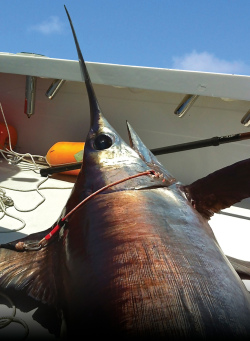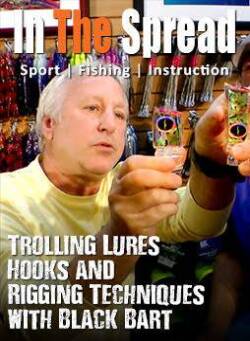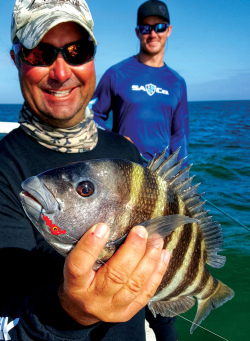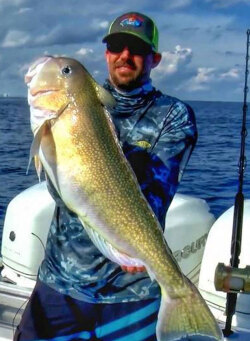Venice, Louisiana is known for its abundant yellowfin tuna fishing, with captains and crews using advanced tactics and techniques. Capt. Josh Howard utilizes trawl boat by-catch to create a healthy chum slick, while In The Spread fishing video teaches ideal baits, chumming, and chunking. Fishing in the Gulf of Mexico relies on working fixed or mobile fish aggregators, making trowl boats an excellent fishing opportunity.
Tuna Fishing - Chunking and Chumming Yellowfin
(02:10:57)
Watch Full Video
View Short Trailer
Instructor:
Josh Howard
Description
/
Review
/
Instructor
Summary
- Location: Gulf of Mexico, south of Louisiana, especially Venice.
- Unique Feature: Oil platforms and the Green Water Phenomenon.
- Key Species: Yellowfin tuna as the prime attraction.
- Expert Insights: Collaboration with Capt. Josh Howard.
- Focus: Tactics and strategies for chunking and chumming yellowfin tuna using dead baits.
- Distinctive Approach: Dependence on fixed or mobile bait fish aggregators instead of bird activity.
- Content: Comprehensive video tutorial on catching yellowfin tuna.
Login
to leave a review.
User Reviews
brandon Gregory
08.29.2020
0
Josh Howard
Captain Josh Howard, owner of Deep South Charters, has a passion for fishing since he was ten. He has caught two state record fish, including a Greater Amberjack and Bearded Brotula. Howard's personal record for yellowfin tuna is 200 pounds, and he is determined to break the 200-pound mark for the tuna. His dedication to the sport and his love for the ocean make him a true fishing legend.
Read moreVideos
We Recommend
0




